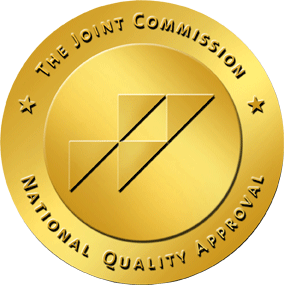All med techs in nursing homes quickly learn the best ways to organize their patients’ medications. So, here are some tips for med techs looking to keep organized.
What Does a Med Tech in a Nursing Home Do?
The primary responsibility of a med tech involves assisting physicians and nurses. This can occur in many different ways. Additionally, tasks may vary depending on the facility in question and the needs of the patient. Responsibilities may include:
- Taking medical history from patients and family
- Assisting nurses in providing medications as recommended by a physician
- Monitor patient reactions to drugs and report any changes or reactions
- Help with administrative tasks, such as answering phones or scheduling appointments
- Lifting patients for transport
- Explaining medical procedures to patients
- Preparing patients for medical procedures
- Cleaning and sterilizing medical equipment and work areas
- Suturing wounds
Tips for a Certified Med Tech to Organize Their Medical Cart
Here are some tips on how a certified med tech can best organize their medical carts. Keeping your medical cart organized is the best way to reduce confusion and decrease treatment times. Moreover, good organizational habits go a long way.
The exact composition of your medical cart may vary on your needs at that moment. Administering IVs, handing out medication, and emergency situations all require easy access to different supplies.
1. Keep Large Items on the Outside of the Cart
Any large items, like oxygen tanks or portable defibrillators, should be placed on the outside of the cart. This will allow for easy access and also reduce the need to move them to access smaller items. Also, some carts can also have different organizers like baskets placed to store bulkier items.
2. Arrange Your Drawers First
Most experienced med techs know that drawers are one of the first things to fall into disorganization. Frequently-used supplies should be kept in the same drawer for easy access. On the other hand, items that don’t receive as much attention should be kept in a separate drawer. This ensures that items can be accessed swiftly and easily, allowing for rapid treatment. Also note that implementing the use of drawer separators will prove useful. This will guarantee that items don’t intermingle during transport.
3. Restock at the End of Every Shift
The last thing you want in an emergency is to reach for a necessary item and find it missing. Restocking your cart regularly will help reduce the risk of this happening. This also helps you feel confident about your supplies when you start your next shift. The end of your shift is a valuable time to arrange or organize your cart.
4. Use Labels
In most mid-to-large-sized facilities, medical carts are shared between medical professionals. Clearly labeling every drawer will minimize confusion and create greater transparency. It also keeps staff and other Med Techs in the loop.
5. Keep Checklists
Another way to organize or stock a medical cart is through checklists. This way, different medical professionals will know what needs to be re-stocked or stored on a particular cart. Also be sure to write the expiration dates next to all medications on the list. This will make it easier to replace outdated medications without having to check every container.
6. Remove Hazardous Objects
Clearly label and identify any hazardous materials on your medical cart. In most cases, you can store hazardous items in a lower drawer with dual-locking capabilities. Keeping a sharp box or trash container onboard is another important component of your medical cart. Safely store these items to prevent patients and employees from interacting with needles or contaminated supplies.
7. Storing First-Line Items
Store any nonhazardous items in a basket outside of your medical cart. These include things like gloves, masks, or extra electrodes.
Whether you’re a seasoned pro or still learning the main responsibilities of a med tech, there’s always more to learn. If you need help finding placement in a nursing home in Pennsylvania, you can rely on the resources from CynaMed.






